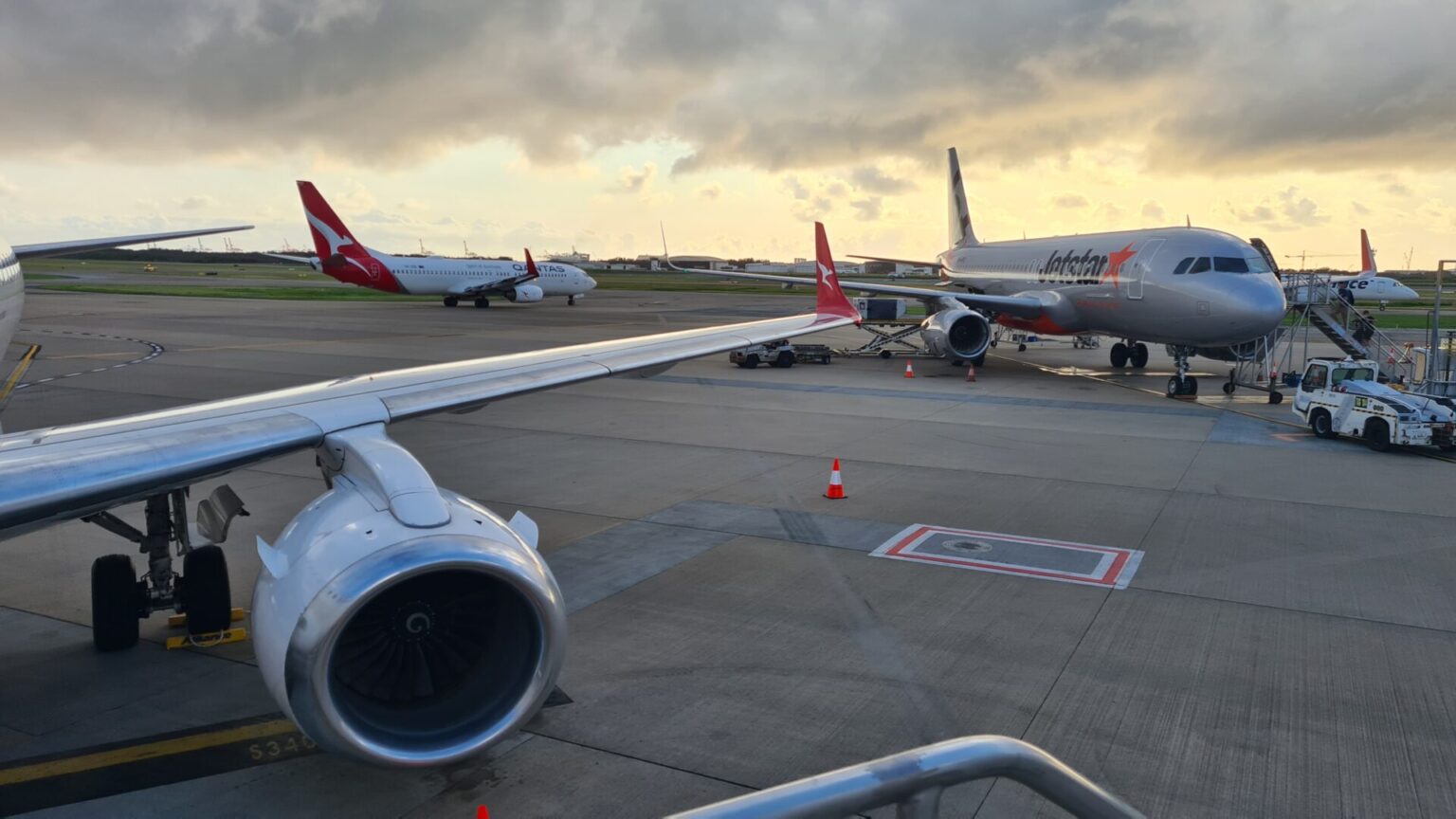New competition for airspace means new rules

Competition for airspace around the world is fiercer than ever and air traffic is becoming increasingly complex to manage, as the aviation industry continues to find new ways to use the air domain in service of human endeavour.
At the same time as regular use of the airspace below 500 ft is increasing (think drones and passenger carrying air taxi / urban air mobility operations), non-aircraft (both physical and non-physical) airspace users are asserting their own right to use, affect or occupy a precious piece of the sky, putting even more pressure on the systems we need to ensure the safe, efficient and regular use of airspace.
The new competition
In the past, the airspace below 500 ft has been the domain of the specially trained who are adept at avoiding the ground and myriad of other hazards that concentrate just above the intersection of earth and sky. Aerial application and firefighting, search and rescue / aeromedical activities and low-level military operations are just some of the activities that necessarily occur in this hazardous environment. It is also where all aircraft are exposed to the highest risk of an accident – during take-off and landing.
In recent years this airspace has become increasingly occupied by millions of drones in the pursuit of leisure, commerce, agriculture, research, survey, medical and sometimes other more nefarious activities.
Meanwhile, the airspace above 500 ft, which has traditionally been the preserve of aircraft and the occasional tall structure in more developed areas, will soon be intruded upon by millions of wind turbines and supporting meteorological monitoring masts in areas close to and remote from built up areas, both on and offshore, as the world transitions from fossil fuels to renewable energy in pursuit of net zero carbon emissions. These tall structures, extending towards 1000 ft high and beyond, occupy airspace and intrude upon flight paths that are relatively undefended from potentially adverse impacts.
And now, with the imminent introduction of commercial, passenger carrying, air taxi / urban air mobility operations which will operate predominantly in the lower levels of airspace including below 500 ft, the global airspace and air traffic management sector is striving to establish a safe and efficient operating system that will accommodate these new users within a regulatory framework that is already struggling to keep up with technological advancements.
Changing the rules
Changing the rules will involve all elements of the air traffic management system, including separation standards, air traffic control, flight path design and surveillance systems. We’ll also need to improve airspace protection arrangements.
Separation standards. The commercial success of air taxi / urban air mobility operations relies in part on the value proposition that they will be able to get people from one place to another faster for roughly the same price as land (or sea) based transport options. To do this, they want to be able to fly between origin and destination without any delay. Given operations are likely to be conducted within or through controlled airspace with restrictive separation standards, the challenge is to achieve efficiency outcomes through reduced separation standards between these airspace users without compromising safety.
To do that we need to know with a high level of accuracy and certainty where each aircraft is, where it’s going, its planned flight path and operating parameters, and work out a way to enable these operations, dynamically and in real time.
Air traffic control. The traditional concept of a human air traffic controller managing a sector of airspace, monitoring and directing the various aircraft for which they are responsible as they move along their flight paths, supported by pre-programmed computer-based logic, will almost certainly persist for upper level and terminal airspace operations.
Low level airspace, though, will need a new approach to air traffic management – hence the brilliant and extensive work currently underway to develop and implement unmanned air traffic management (UTM) systems based on artificial intelligence that is supported by human monitoring and intervention.
New flight paths. Air taxis and other high frequency low level airspace users will also expect dedicated flight paths to be established, often within the most congested piece of the sky. The right to relatively unfettered occupation of certain parts of the airspace is being asserted as a fundamental requirement for the success of these future operations and is a real challenge to traditional airspace control arrangements.
Surveillance systems. Traditional aircraft surveillance systems are designed to be ground-mounted and look up, continuously searching for and attempting to interact with small aircraft specks as they traverse the skies above.
With aircraft equipped with appropriate onboard systems, cooperative interaction and satellite-based sensors, surveillance systems will be better able to look down and ‘see’ these aircraft at all levels from an even greater distance, providing better resolution of the airspace situation to airspace controllers, whether human or artificial.
Airspace protection. There will need to be more robust mechanisms to apportion and adjudicate on the rights of the various flying and non-flying airspace users, as taller structures and non-physical airspace users compete for parts of the sky towards and beyond 500 ft above the ground and more aircraft occupy the lower levels. An infringement of a flight path or obstacle protection surface can be resolved if the flight path or protection surface is modified, thereby preserving appropriate safety margins. But these changes almost always come with a compromise to efficient aircraft operations, and there is a lack of robust or universal guidance about how to effectively and fairly balance these competing interests.
Conclusion
Increased competition from aircraft and non-aircraft (physical and non-physical) for constrained low-level airspace means that we need new rules to ensure safe, efficient and regular aircraft operations while permitting desired development and technological advancements. While there is plenty of work to do, with the energy being directed to this task, the outcome is exciting and seems assured.



.jpg)



.png)

Comments
There are no comments yet for this item
Join the discussion